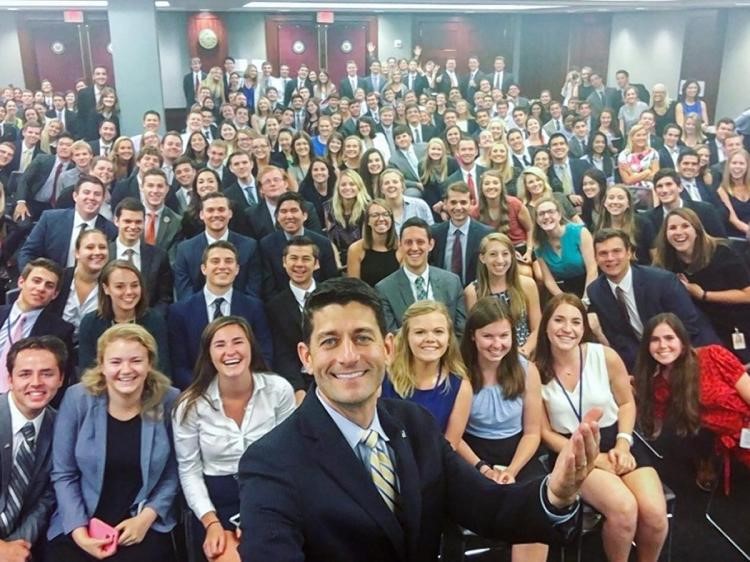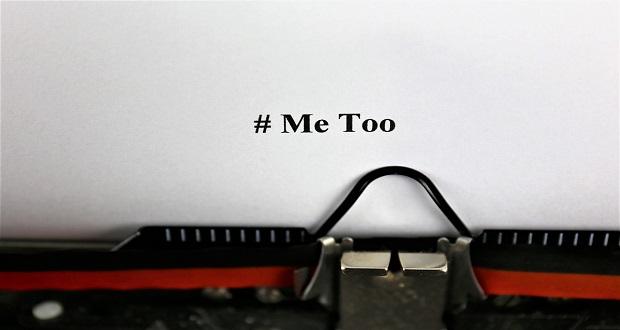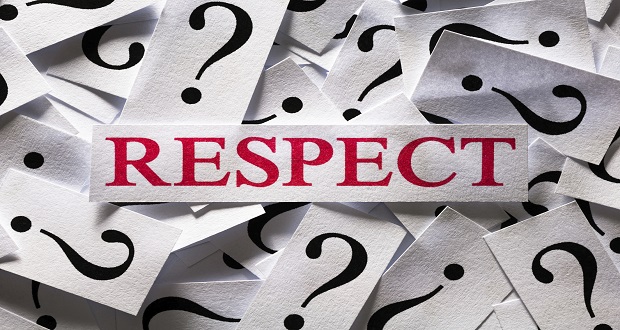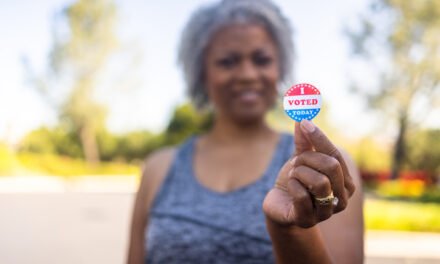November 30th marks the end of Native American Heritage Month in the United States.*
As a Native American (American Indian/Oneida), I’ve often found it odd that the month to celebrate our heritage comes right after the day where many people like to dress up like us for Halloween, and in the same month of a national holiday that has been historically inaccurately depicted.
Be that as it may, we’ve got our month for everyone to honor us.
And honor us, they do. Just this week, the president insisted on belittling a Massachusetts senator by calling her “Pocahontas” at an event celebrating Navajo Code Talkers.
We have a football team in our nation’s capital that insists they’re honoring us through their name—a name that was used to describe the blood running down the face of the Native whose scalp had been cut off for a bounty.
And, despite the administration’s “commitment to tribal sovereignty and self-determination,” our land is held in trust by the U.S. government… land that continues to be taken away and exploited for its natural resources.
Basically, we have become immigrants in our own land, taking up residence in a country that is no longer ours. We are oddities that are to be “honored” through a meaningless month of ceremonies and tributes, while our sacred lands are being torn up, our culture is appropriated, and our historical figures are misrepresented as racist jokes.
As immigrants, land and resources are just some of the many challenges faced by Native American communities. Here are a few others:
Poverty: The poverty rate for Native Americans is 26.2%, higher than any other group. Twenty-two percent of Natives live on tribal lands (a.k.a, “reservations”), and reservations tend to be rife with poor quality housing. Forty percent of on-reservation housing is considered substandard. Sixteen percent of homes on reservations have no indoor plumbing, and less than half are connected to public sewage. Ever wonder what living conditions in a third-world country are like? Visit the Crow Creek or Pine Ridge Reservations in South Dakota. If you’re not near South Dakota, there are plenty more around the country.
Violence against women and children: Over 84% of Native American women have experienced violence, 90% of those at the hands of a non-tribal member. This is problematic, because tribal courts do not have the jurisdiction to prosecute non-tribal member (So much for sovereignty).
As for the children, a 2014 Department of Justice report found that, “American Indian and Alaska Native (AI/AN) children suffer exposure to violence at rates higher than any other race in the United States…This chronic exposure to violence often leads to toxic stress reactions and severe trauma; which is compounded by historical trauma. Sadly, AI/AN children experience posttraumatic stress disorder at the same rate as veterans returning from Iraq and Afghanistan and triple the rate of the general population.
(If you’re interested in more details about issues facing Native children, here is a detailed study you can read.)
Health care disparities: Native Americans born today have a life expectancy that is nearly 4.5 years less than non-Natives. Natives die at a disproportional rate for chronic liver diseases, diabetes, and respiratory diseases. Nearly 1 in 5 Native Americans are uninsured. Indian Health Services (IHS), which provides health benefits for over 2 million Native Americans, is chronically underfunded and stands to face more cuts under the current administration.
I could go on and on with current issues, not to mention historical injustices. And, just so you know, most of the studies cited above are focused on Natives on Native land. Over 70% of Native Americans live in urban areas, “enticed” there through yet another failed government relocation program, which introduces a whole other host of issues.
Historically, the U.S. government has done a really bad job with Native American relations, and there is no sign that this will change anytime soon. Rather than honoring Native Americans as the original inhabitants of this land who have contributed much to American culture – including providing the model for the Constitution – Natives are treated as immigrants. We are outsiders, many relegated to living in poverty and third-world conditions, disconnected from their homelands through no choice of their own.
So, excuse me if I don’t think one month a year is much of an honor.
*I have used “Native American” throughout this article as a blanket term for American Indian/Alaska Native.



















